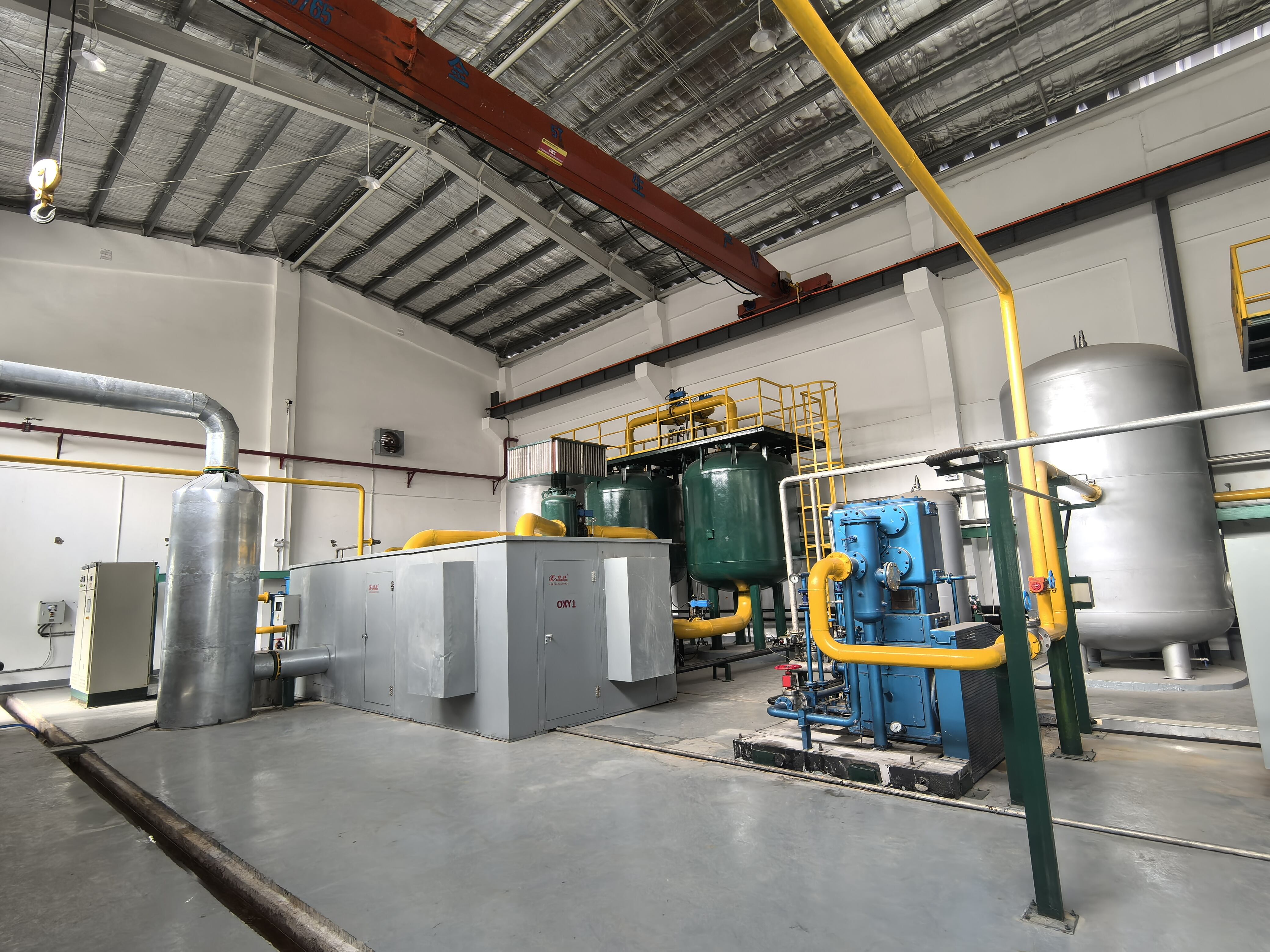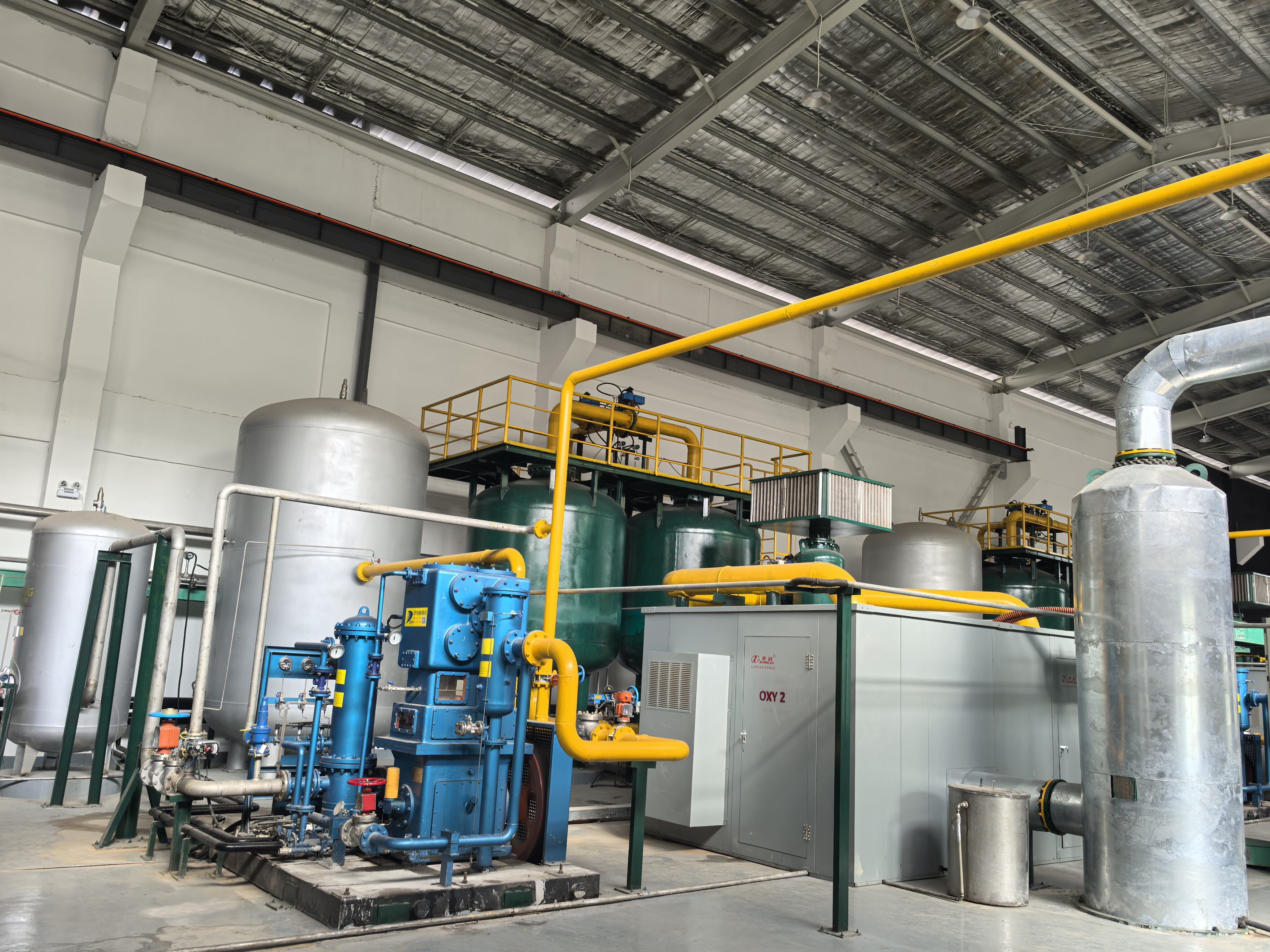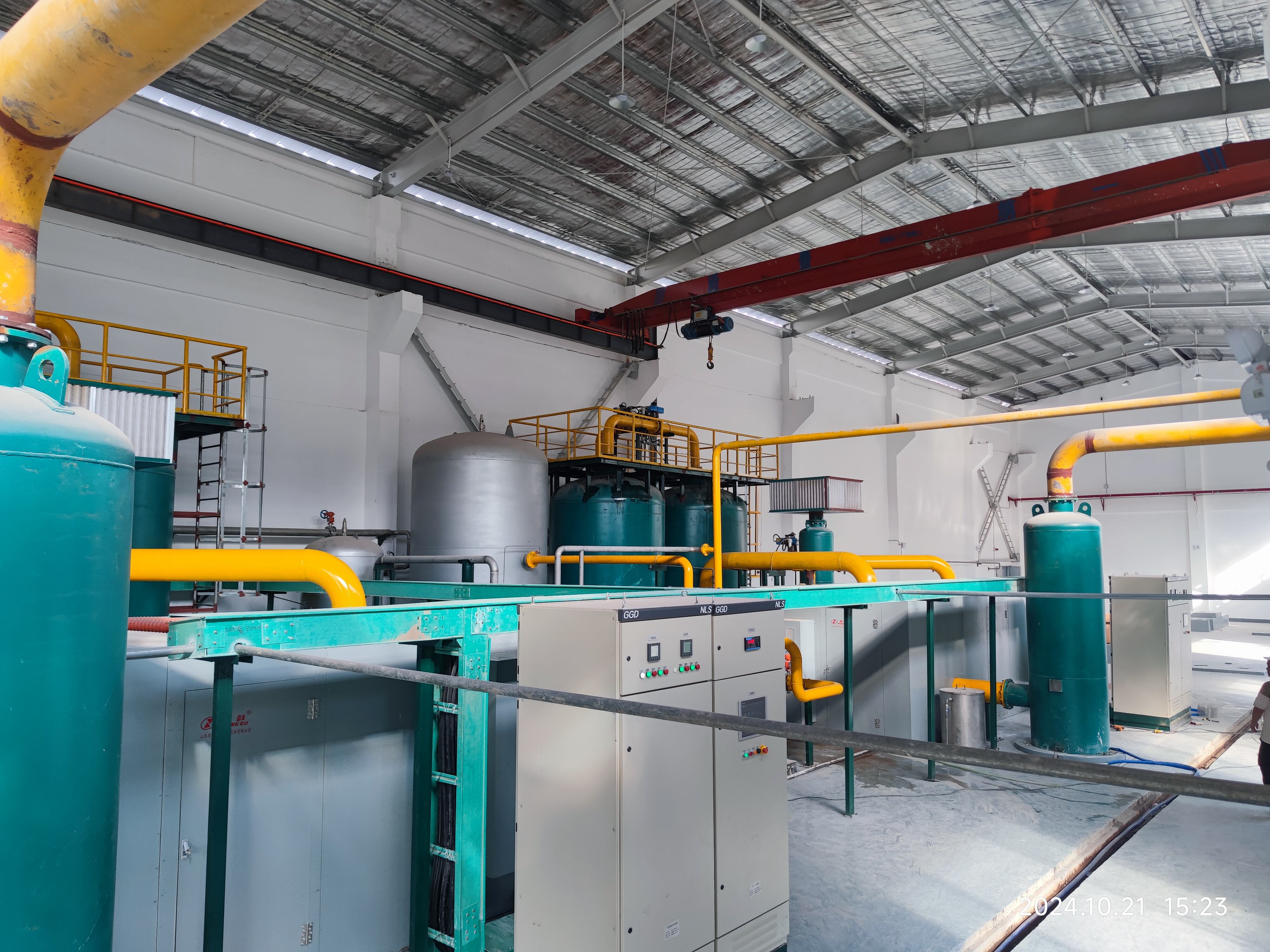عملية امتصاص التبديل بالفراغ لإنتاج الأكسجين
يمثل تكنولوجيا امتصاص الدوران تحت الفراغ (VSA) تقنية مبتكرة لإنتاج الأكسجين تعمل من خلال عملية دورية من الامتصاص والتخلص. يستخدم هذا النظام المبتكر مواد غربلة جزيئية متخصصة تقوم باختيار وامتصاص النيتروجين من الهواء المحيط، مما يسمح للأكسجين بالمرور بحرية. تبدأ العملية عندما يتم سحب الهواء الجوي إلى النظام باستخدام مضخة فراغ، حيث يتعرض لسرير امتصاصي من الزيوليت. صُمم هذه الأسرة لالتقاط جزيئات النيتروجين بينما تسمح للأكسجين بالتدفق بحرية. يعمل النظام في عدة مراحل، حيث يقوم سرير واحد بفصل الغازات بشكل نشط بينما تخضع الأخرى للتجديد. أثناء مرحلة التخلص، يتم تقليل ضغط الفراغ، مما يؤدي إلى إطلاق النيتروجين المحaptured من المادة الامتصاصية. يضمن هذا الدورة المستمرة إمداداً ثابتاً بالأكسجين ذي درجة نقاء عالية. عادةً ما تصل عملية VSA إلى تركيزات أكسجين تتراوح بين 90-95٪، مما يجعلها مثالية لتطبيقات صناعية مختلفة. تحتاج هذه التقنية إلى صيانة قليلة وتعمل تلقائياً بمجرد بدء التشغيل، مع أنظمة تحكم متقدمة تدير توقيت تغيير الضغوط وتدفقات الغازات. تدمج الأنظمة الحديثة لـ VSA تصاميم توفير الطاقة، قدرات مراقبة متقدمة وميزات السلامة القوية، مما يضمن تشغيلًا موثوقًا في البيئات الصناعية الصعبة. أصبحت هذه العملية شائعة بشكل متزايد في المرافق الصحية، تصنيع الصلب، إنتاج الزجاج، والصناعات الأخرى التي تتطلب إمداداً مستمراً بالأكسجين عالي الجودة.


